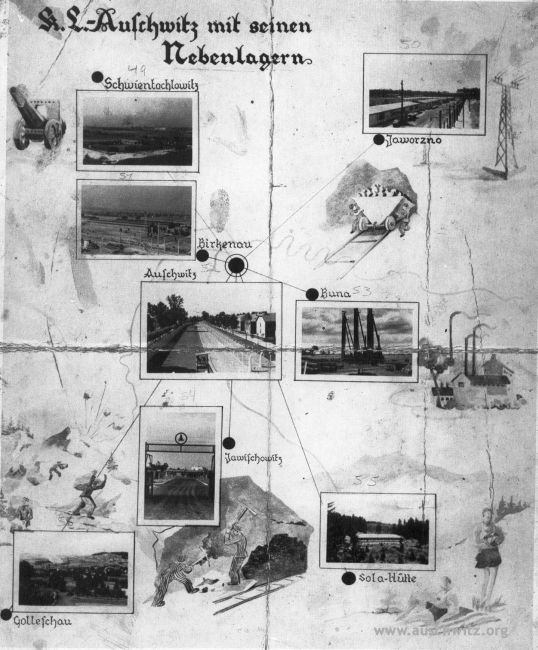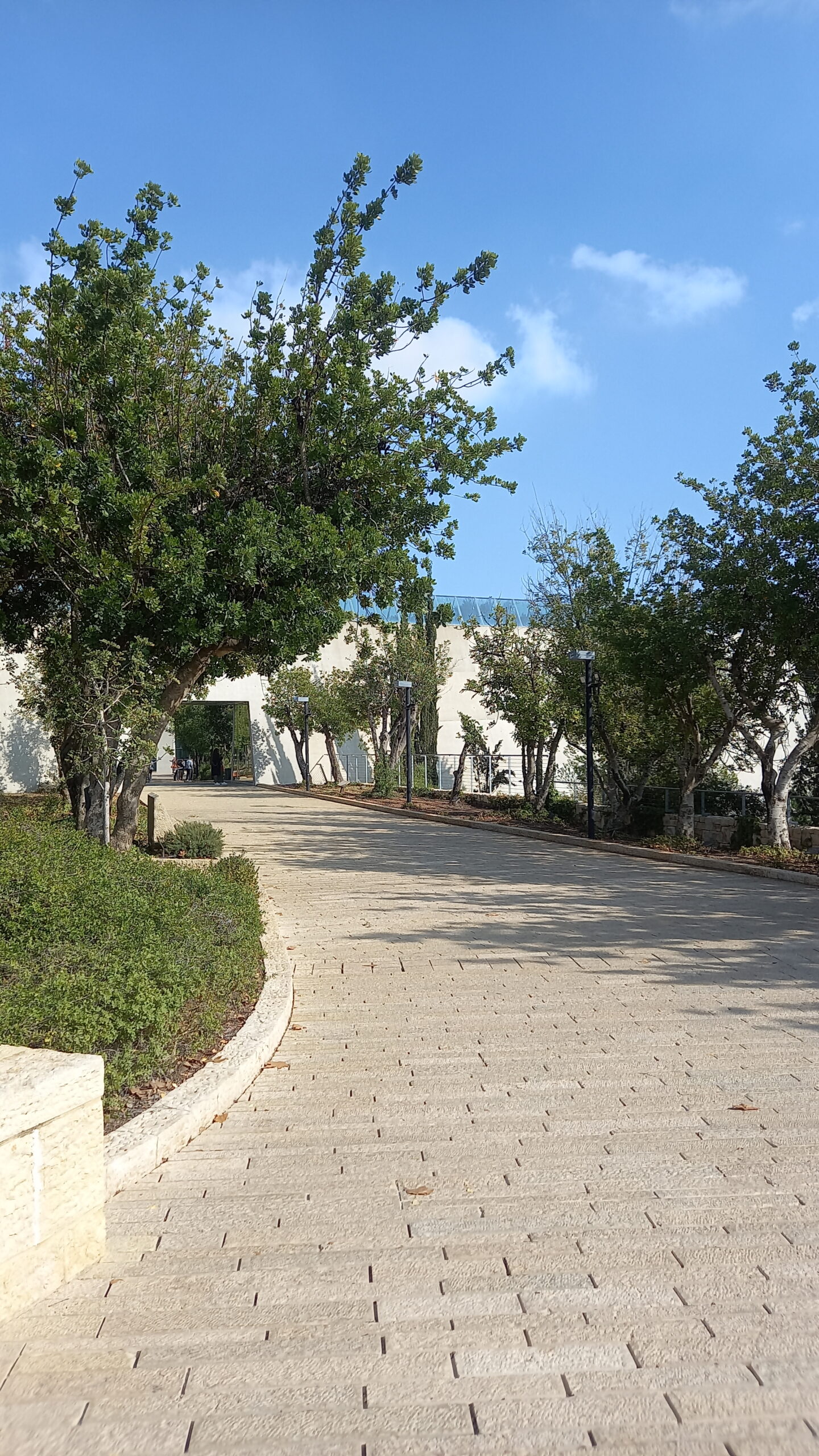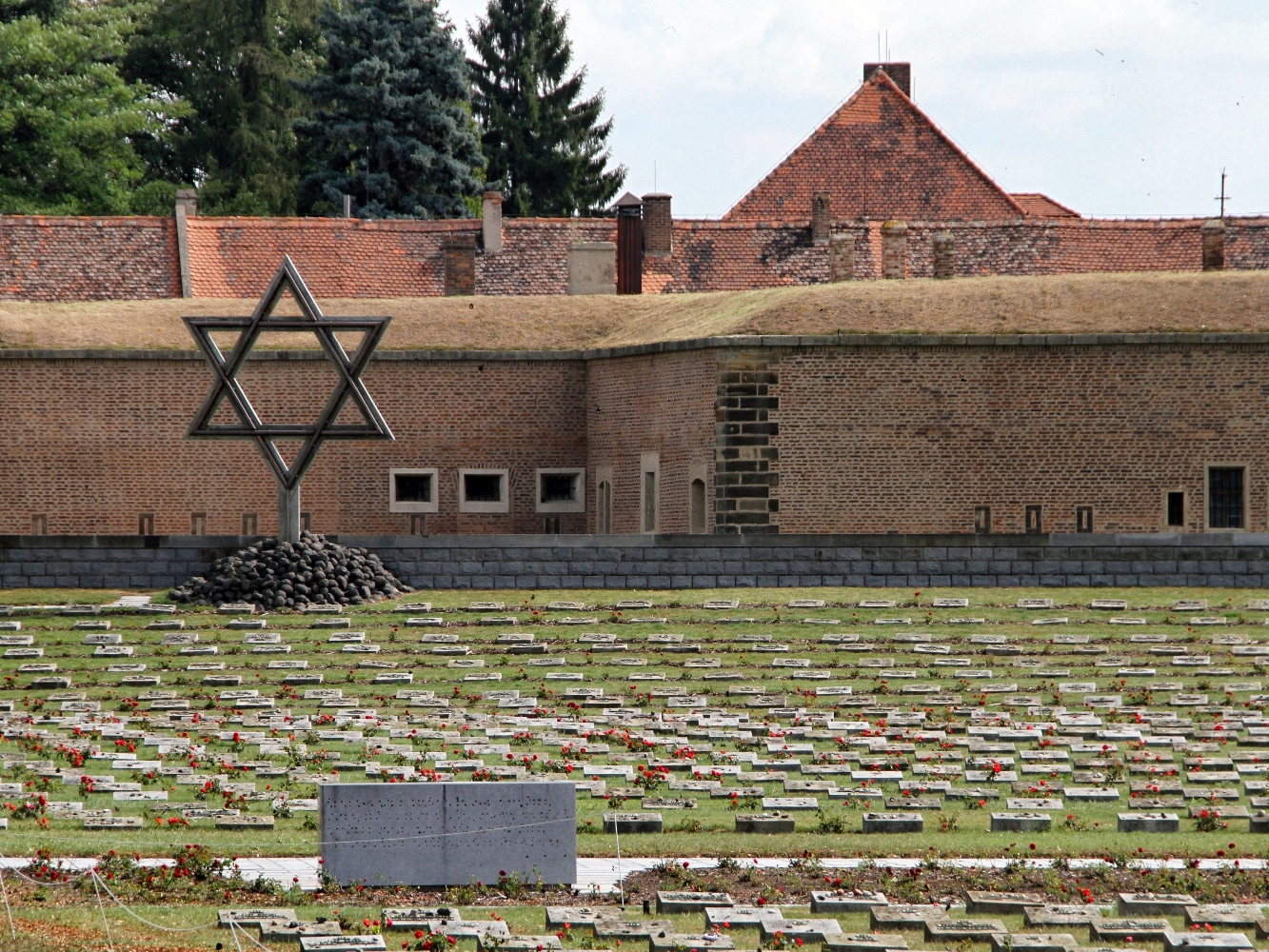In the middle of the 20th century, Central Europe witnessed one of the most tragic events in the world history. The anti-Semitism had been, at least latently, present in culture and politics of its geographic space since the late 19th century, but the systematic, bureaucratically thorough, industrialized extermination of certain ethnic groups by the German occupiers during World War II is unmatched by any previous excesses of intolerance. Motivated by racist ideology and economic interests, the Nazi Germans committed criminal genocide against millions of people deported from Germany, the countries of the former USSR, the Baltic States, Slovakia, Croatia, Serbia, Romania, Greece, Denmark, Norway, Italy, France, the Benelux countries as well as Poland, the Czech Republic and Hungary. Circa six million European Jews fell victim to their murderous policies, as did hundreds of thousands of European Romani and Sinti. This horrific event has become part of the world’s memory under the generic term Holocaust, but Jews prefer to use the term Shoah, meaning catastrophe, and Romani use the word “porajmos”, being translated as “destruction”.
The Auschwitz concentration and extermination camp, located in southern Poland near the small town of Oświęcim, has become the symbol of the Holocaust. Auschwitz, and especially its second part Auschwitz-Birkenau, was the largest facility where the Nazis carried out genocide on a mass scale, but it was not the only one. A network of six similar „death factories” (Auschwitz-Birkenau, Majdanek, Belzec, Chełmno, Maly Trostinez, Sobibor, Treblinka) was set up in the occupied territories of pre-war Poland (now Poland and parts of Belarus) in 1941 and 1942.
In contrast to Poland, the situation on the territory of today’s Czech Republic and Hungary was different. Extermination camps were set up neither in the Czech lands incorporated into Hitler’s empire as the Protectorate of Bohemia and Moravia, nor in the Kingdom of Hungary, which was an ally of Germany for several years of the war but maintained considerable independence in its internal politics until the spring of 1944, when the Germans militarily occupied Hungary. As in Poland, however, ghettos for Jews and so-called gypsy camps were built in these countries by decision of the Nazi authorities or their henchmen, where the “undesirable” inhabitants were isolated from the rest of society and from where they were deported to extermination camps in the occupied Poland. In the Protectorate of Bohemia and Moravia, Terezín, a former fortress town dating back to the 18th century, was turned into a Jewish ghetto in 1941 and 1942, where most of the Czech and Moravian Jews were concentrated before being transported to the extermination camps. In Hungary, ghettos were not established in the country’s regional urban centres until after the German occupation, However, in May 1944, one of the main organisers of the Holocaust, SS-Obersturmbannführer Adolf Eichmann, appeared in Budapest and, together with Hungarian fascists, organised the hastened deportation of 400,000 Hungarian Jews to Auschwitz-Birkenau.

Brick Factory in Obuda – The Holocaust in Hungary – Óbuda
The Holocaust in Hungary represents one of the most tragic chapters in the nation’s history, where hundreds of thousands of Hungarian Jews were deported, imprisoned, and murdered during World War II. Across Hungary, several memorials and sites have been established to commemorate the victims and educate future generations about the horrors of this period. These sites also serve as poignant reminders of the broader Central European experience of the Holocaust, where similar atrocities were committed across the region.

The Auschwitz Nazi German Death Camp – Oświęcim
Oświęcim – a small city, was chosen to become the sight first Nazi German concentration camp built in occupied Poland. Firstly, it was created to combat overflowing numbers of mostly polish political inmates incarcerated in prisons, quickly became a sight of well-organised mass genocide of Jews, Sinti and Roma people, Poles and many more people of different nationalities and religious beliefs. Auschwitz I, Auschwitz II Birkenau, Auschwitz III Monowitz and around 50 sub-camps became a place of death and for estimated 1 to 1,5 millions of people, and a place of torment and suffering for many more.

Rightous Among the Nations – Łódź
Holocaust – mass genocide of European Jews by Nazi Germany had many faces, from repressing basic human rights to extermination camps. Those that decided to help the Jews despite the threat of punishment were given the title of Righteous Among the Nations. At this moment the medal was given to 28,217 people – their memory and honourable acts are still commemorated. Amongst them were 7,232 Poles. The Righteous Among the Nations are a symbol of courage and proof that people are capable of good even in the darkest of times. The Nazi Germany set out on their mission to exterminate all off the Jews from existence a religion and ethnicity that inhabited and was part of the community of most European countries for centuries. Their actions had one goal in mind – extermination of the Jews from Europe. So called the Final Solution to the Jewish Question was precisely organised and methodised plan of their mass genocide.

Racial genocide in occupied Czech lands – Theresienstadt
In the Czech lands, occupied by Nazi Germany from 1938/1939 to 1945, the Nazis also pursued a policy of racial genocide. Nazism, however, took the anti-Semitic prejudices, that had long existed throughout Europe, to a criminal level, not excluding the Czech society.

